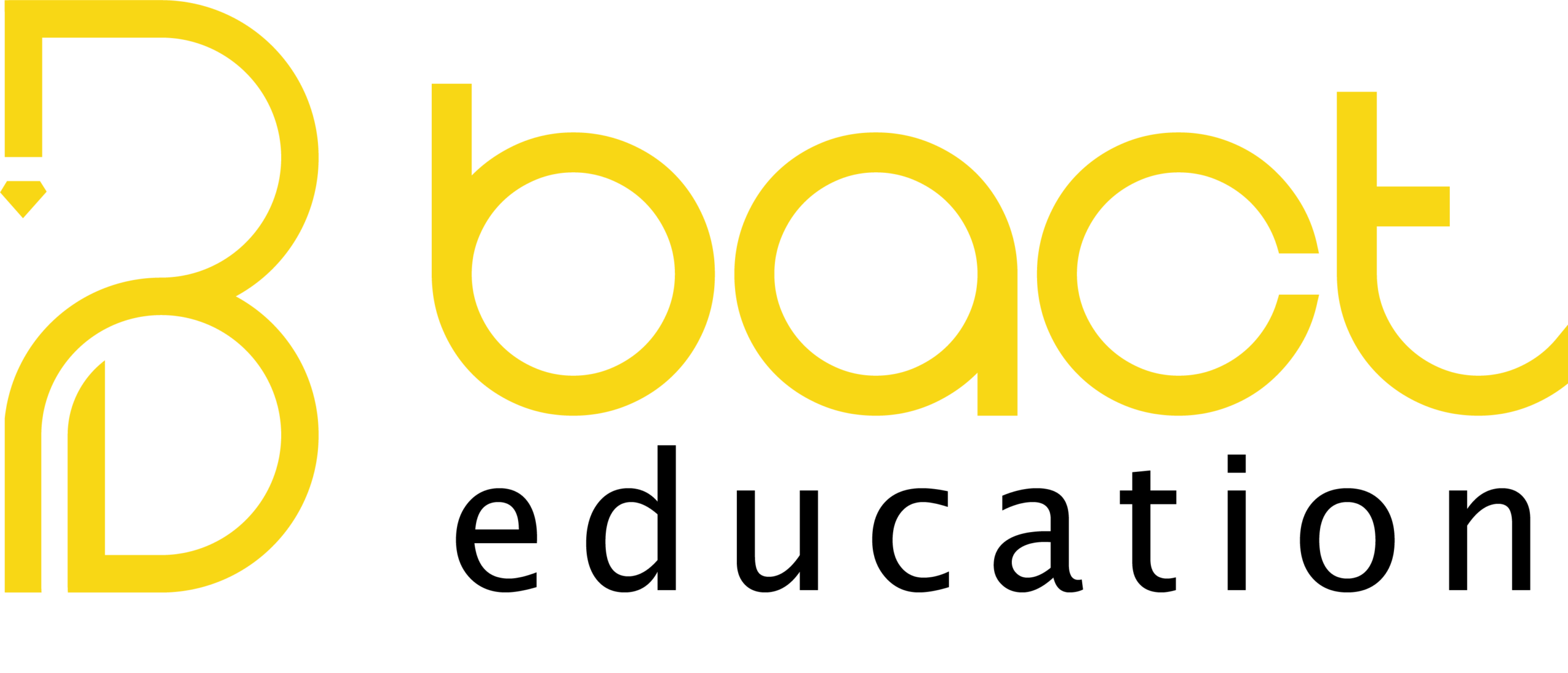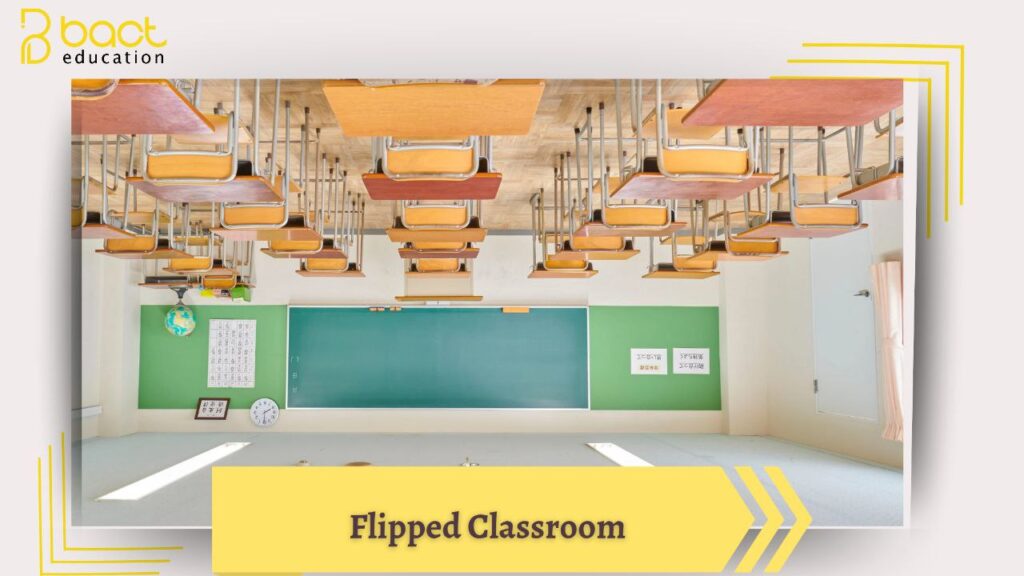The Flipped Classroom: Revolutionizing Modern Education
In today’s fast-evolving educational landscape, the flipped classroom model has emerged as a game-changer. By reversing traditional teaching methods, this approach enhances student engagement, promotes active learning, and allows educators to maximize classroom time.
But what exactly is a flipped classroom, and how can it benefit both teachers and students? Let’s dive in!
What Is a Flipped Classroom?
The flipped classroom model inverts the traditional learning structure:
-
At Home: Students watch pre-recorded lectures, read materials, or engage with digital content before class.
-
In Class: Classroom time is dedicated to discussions, collaborative activities, problem-solving, and personalized teacher support.
This shift empowers students to learn at their own pace while using class time for deeper understanding and application.
Key Benefits of the Flipped Classroom
1. Personalized Learning
Students can pause, rewind, or rewatch lessons, catering to different learning speeds.
2. Active Engagement
Instead of passively listening to lectures, students engage in hands-on activities, group work, and critical thinking exercises.
3. Better Teacher-Student Interaction
Teachers spend less time lecturing and more time guiding students individually, addressing their unique needs.
4. Improved Student Accountability
With access to materials beforehand, students come prepared, fostering responsibility and self-directed learning.
5. Enhanced Collaboration
Peer discussions, debates, and project-based learning become central to the classroom experience.
How to Implement a Flipped Classroom
1. Choose the Right Tools
-
Video Platforms: Use tools like YouTube, Loom, or Edpuzzle for interactive video lessons.
-
Learning Management Systems (LMS): Platforms like Google Classroom, Moodle, or Canvas help organize and distribute content.
-
Interactive Content: Incorporate quizzes (Kahoot!, Quizizz) and discussion boards (Padlet, Flipgrid).
2. Create Engaging Pre-Class Materials
-
Keep videos short (5-10 minutes) and engaging.
-
Include questions or reflections to ensure comprehension.
3. Design Interactive In-Class Activities
-
Group problem-solving
-
Case studies & debates
-
Hands-on experiments or projects
4. Assess & Adapt
-
Use formative assessments (polls, exit tickets) to gauge understanding.
-
Gather student feedback to refine the approach.
Challenges & Solutions
-
Tech Access Issues: Provide offline options (printed materials, USB drives).
-
Student Resistance: Gradually introduce flipped learning and explain its benefits.
-
Teacher Workload: Start small—flip one lesson at a time.
Final Thoughts
The flipped classroom model isn’t just a trend—it’s a powerful shift toward student-centered learning. By leveraging technology and maximizing face-to-face interactions, educators can create a more dynamic, inclusive, and effective learning environment.
Are you ready to flip your classroom? Start small, experiment, and watch engagement soar!
📢 Have you tried the flipped classroom model? Share your experiences in the comments!
Contact us:
+97144470880 Landline
+971582491660 WhatsApp

